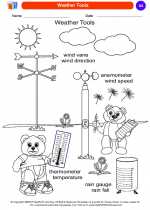Tornadoes
A tornado is a rapidly rotating column of air that is in contact with both the surface of the Earth and a cumulonimbus cloud or, in rare cases, the base of a cumulus cloud. Tornadoes can come in various shapes and sizes, and they are often accompanied by strong winds and severe weather conditions.
Formation of Tornadoes
Tornadoes typically form from powerful thunderstorms when warm, moist air collides with cold, dry air. This collision creates instability in the atmosphere, leading to the development of a rotating column of air. The rotation is intensified by wind shear, which is a change in wind speed or direction with altitude.
Characteristics of Tornadoes
Tornadoes are known for their destructive power and can cause significant damage to buildings, trees, and other structures in their path. They are often accompanied by severe weather phenomena such as hail, lightning, and intense rainfall.
Study Guide
- Formation: Explain the process of tornado formation, including the role of warm, moist air and wind shear.
- Characteristics: Describe the destructive power of tornadoes and their impact on the environment.
- Safety Precautions: Discuss safety measures and preparedness strategies for tornadoes, including seeking shelter and monitoring weather alerts.
- Historical Events: Research and present notable tornado events in history, highlighting their impact and aftermath.
Remember to stay informed about severe weather conditions and always follow safety guidelines when dealing with tornadoes.
[Tornadoes] Related Worksheets and Study Guides:
.◂Science Worksheets and Study Guides Kindergarten. Weather

 Coloring Worksheet
Coloring Worksheet
 Coloring Worksheet
Coloring Worksheet
 Coloring Worksheet
Coloring Worksheet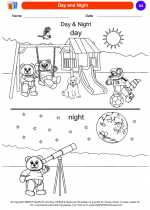
 Coloring Worksheet
Coloring Worksheet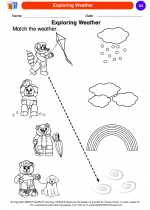
 Coloring Worksheet
Coloring Worksheet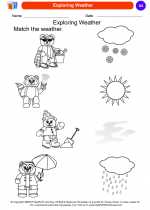
 Coloring Worksheet
Coloring Worksheet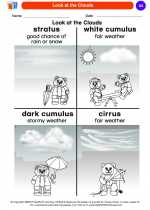
 Coloring Worksheet
Coloring Worksheet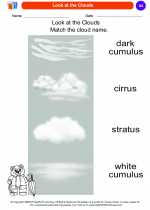
 Coloring Worksheet
Coloring Worksheet
 Coloring Worksheet
Coloring Worksheet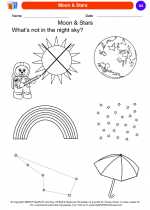
 Coloring Worksheet
Coloring Worksheet
 Coloring Worksheet
Coloring Worksheet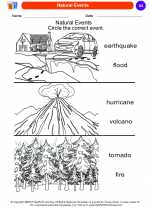
 Coloring Worksheet
Coloring Worksheet
 Coloring Worksheet
Coloring Worksheet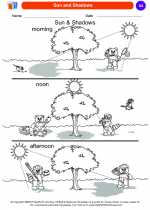
 Coloring Worksheet
Coloring Worksheet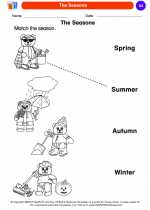
 Coloring Worksheet
Coloring Worksheet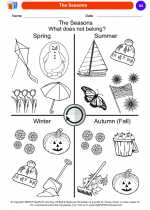
 Coloring Worksheet
Coloring Worksheet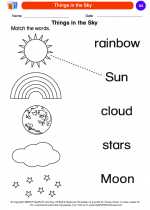
 Coloring Worksheet
Coloring Worksheet
 Coloring Worksheet
Coloring Worksheet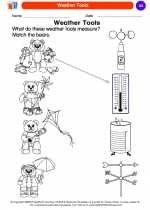
 Coloring Worksheet
Coloring Worksheet